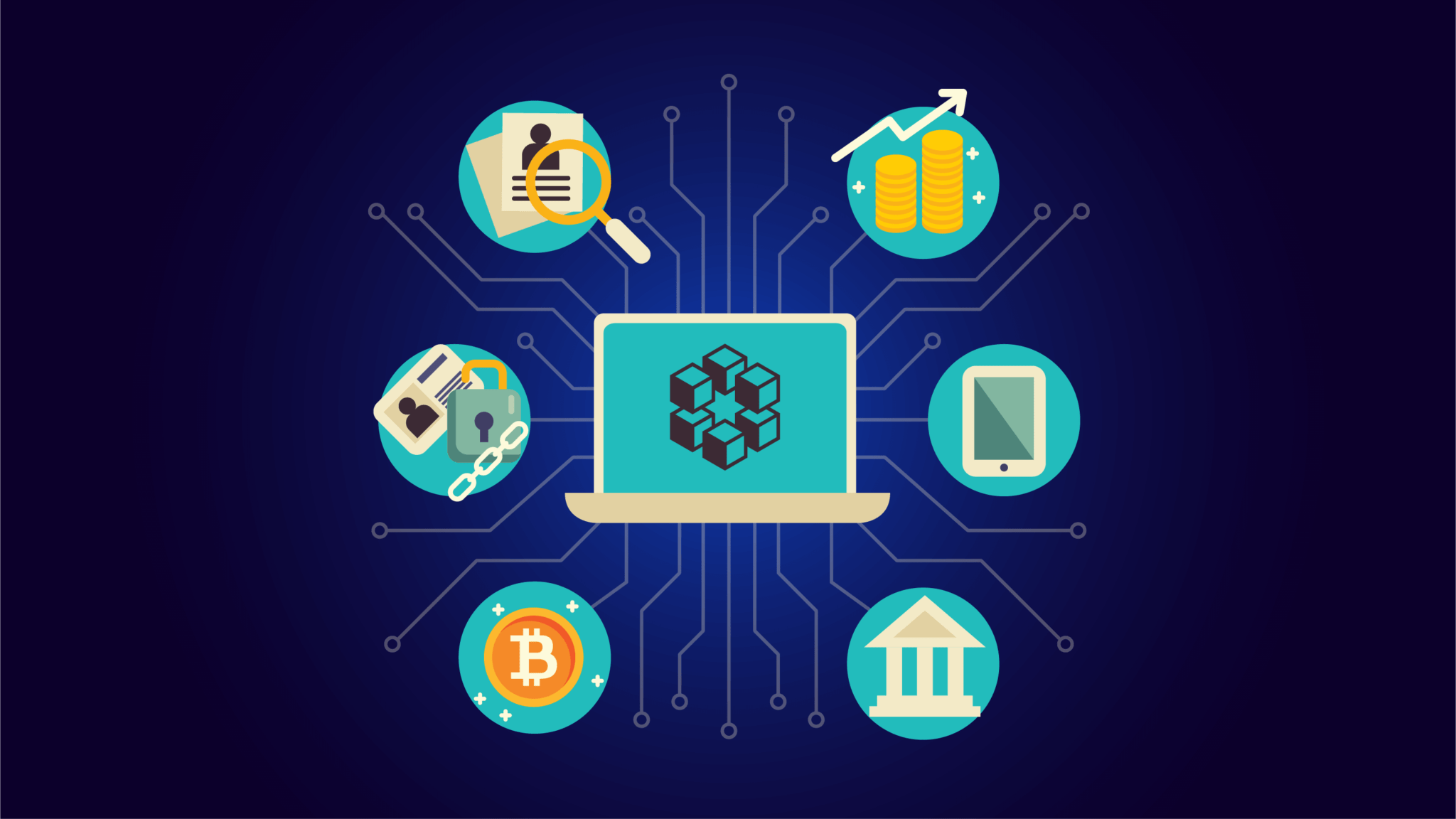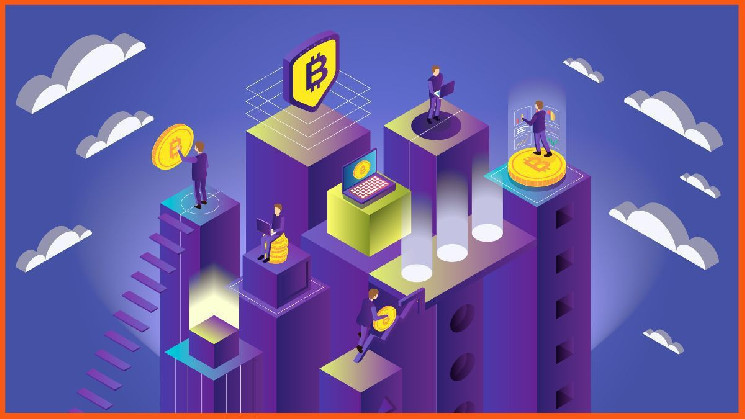Blockchain
- Introduction to Blockchain Technology
- Decentralization and distributed networks
- Cryptography and security
- Immutable ledger and transparency
- Verification process and consensus mechanisms
- Smart Contracts and Blockchain Applications
- Interoperability and scalability
- Public and private blockchains
- Real-time verification
- Data storage
- Transparency versus Confidentiality
- disintermediation
- Central authority in traditional systems
- Fraud Prevention in Blockchain
- Traditional Databases vs Blockchain
- Blockchain in context: Bitcoin and cryptocurrencies
- Closing Thoughts: Blockchain Disruption
- FAQ
Introduction to Blockchain Technology
In the field of information technology, blockchain technology is a revolutionary innovation that promises to redefine the landscape of digital transactions and data management. This digital ledger technology uses decentralization, cryptography and immutable ledger features that shape its unique aspects, making it different from traditional databases and conventional filing systems.

Decentralization and distributed networks
Unlike conventional filing systems that are centralized and managed by a single authority, blockchain uses a distributed network of computers known as nodes. This decentralization is the cornerstone of blockchain’s robust security features and peer-to-peer transactions. It eliminates the possibility of data tampering, improves data privacy and prevents the possibility of a single point of failure, creating a reliable system.
Cryptography and security
Blockchain technology uses advanced cryptographic hash functions that ensure the integrity and confidentiality of data. Each transaction in a blockchain is encrypted and linked to the previous one, adding an extra layer of security. This inherent encryption process in blockchain solutions improves data protection, a significant upgrade over conventional archiving methods.
Immutable ledger and transparency
A notable feature of the blockchain is its immutable ledger, which means that once a transaction has been recorded, it cannot be changed or deleted. This feature adds a superior level of data integrity compared to traditional databases. In addition, the transparency of blockchain ensures that all transactions can be traced, promoting accountability and trust within the system, reducing the risk of fraud.
Verification process and consensus mechanisms
The verification process in the blockchain is managed through consensus mechanisms such as Proof of Work (PoW) or Proof of Stake (PoS). These mechanisms ensure the authenticity of transactions and provide a more secure verification process compared to conventional systems, which often involve central authorities or intermediaries.
Smart Contracts and Blockchain Applications
Blockchain solutions also use smart contracts – self-executing contracts with terms of agreement written directly into lines of code. These enable versatile blockchain applications across industries, including business, supply chain, and financial services. Smart contracts streamline processes and improve transaction speed and efficiency compared to conventional systems.

Interoperability and scalability
Interoperability is another essential feature of blockchain solutions. Different blockchain networks can communicate and transact with each other, a factor that differentiates it from isolated conventional systems. However, scalability remains a challenge for blockchain solutions. Despite the speed of transactions, the size of the data processed can sometimes create scalability issues. Developers are constantly working to solve these challenges to ensure that blockchain solutions remain efficient.
Public and private blockchains
There are two primary types of blockchains, public and private. Public blockchains are open to everyone and maintain the highest level of decentralization. Bitcoin is an example of a public blockchain. On the other hand, private blockchains, also known as permission blockchains, are restricted to certain members. They provide the benefits of blockchain while retaining some control over who can access the network.
Real-time verification
One of the crucial advantages of blockchain solutions over traditional databases is the real-time verification feature. Once a transaction is initiated on the blockchain, it is almost immediately verified by nodes within the network. This real-time verification mechanism reduces processing time, making blockchain more efficient than traditional systems, which often require lengthy verification procedures.
Data storage
Blockchain has revolutionized data storage with its distributed ledger structure. Unlike conventional databases that store data in a central location, blockchain distributes the data across multiple nodes in the network, creating a decentralized data storage system. This not only improves data security, but also ensures data redundancy and resilience against data loss.

Transparency versus Confidentiality
Transparency and confidentiality are two contrasting concepts in blockchain technology. The Blockchain public ledger offers a high level of transparency as each transaction can be traced back to its origin. However, Blockchain also maintains confidentiality using cryptographic techniques that secure the identities of the parties involved. The balance between transparency and confidentiality distinguishes blockchain solutions from traditional recordkeeping systems.
disintermediation
Blockchain’s fundamental feature of disintermediation eliminates the need for intermediaries or central authority in transactions. This is in stark contrast to traditional systems that often require intermediaries for transaction validation. Through the use of smart contracts and consensus mechanisms, blockchain can validate and record transactions without the need for third parties, increasing efficiency and reducing costs.
Central authority in traditional systems
The role of a central authority is crucial in traditional databases. This authority maintains the system, validates transactions and controls access to information. However, central authority often leads to a single point of failure and risks of data manipulation. Blockchain solutions, by removing the need for a central authority, effectively address these issues.
Fraud Prevention in Blockchain
Blockchain’s immutable ledger, cryptographic security, and decentralized nature make it highly resistant to fraud. Any attempt to change or delete a transaction is nearly impossible as it requires control over more than half of the network’s nodes. This inherent resistance to change greatly improves fraud prevention compared to conventional filing systems.
Traditional Databases vs Blockchain
Comparing traditional databases to blockchain highlights the revolutionary aspects of the latter. Where traditional databases are centralized, prone to data manipulation and rely on intermediaries for transactions, blockchain is decentralized, secure, transparent and independent of intermediaries. These fundamental differences illustrate the disruptive potential of blockchain technology in various industry sectors.
Blockchain in context: Bitcoin and cryptocurrencies
Bitcoin, the first application of blockchain technology, illustrates the potential of this decentralized model in the safe and efficient handling of digital assets. Cryptocurrencies, powered by blockchain, disrupt the conventional financial landscape by removing middlemen, guaranteeing faster transactions and providing enhanced security.

Closing Thoughts: Blockchain Disruption
Blockchain technology is paving the way for significant disruption in various industries. Its security features, decentralization and versatility represent a marked improvement over conventional archiving solutions. Blockchain solutions not only provide an alternative, but also an advanced and potentially superior method of managing digital transactions and data records. While still in the development phase, there is no doubt that blockchain technology will continue to shape our digital future in unimaginable ways.

